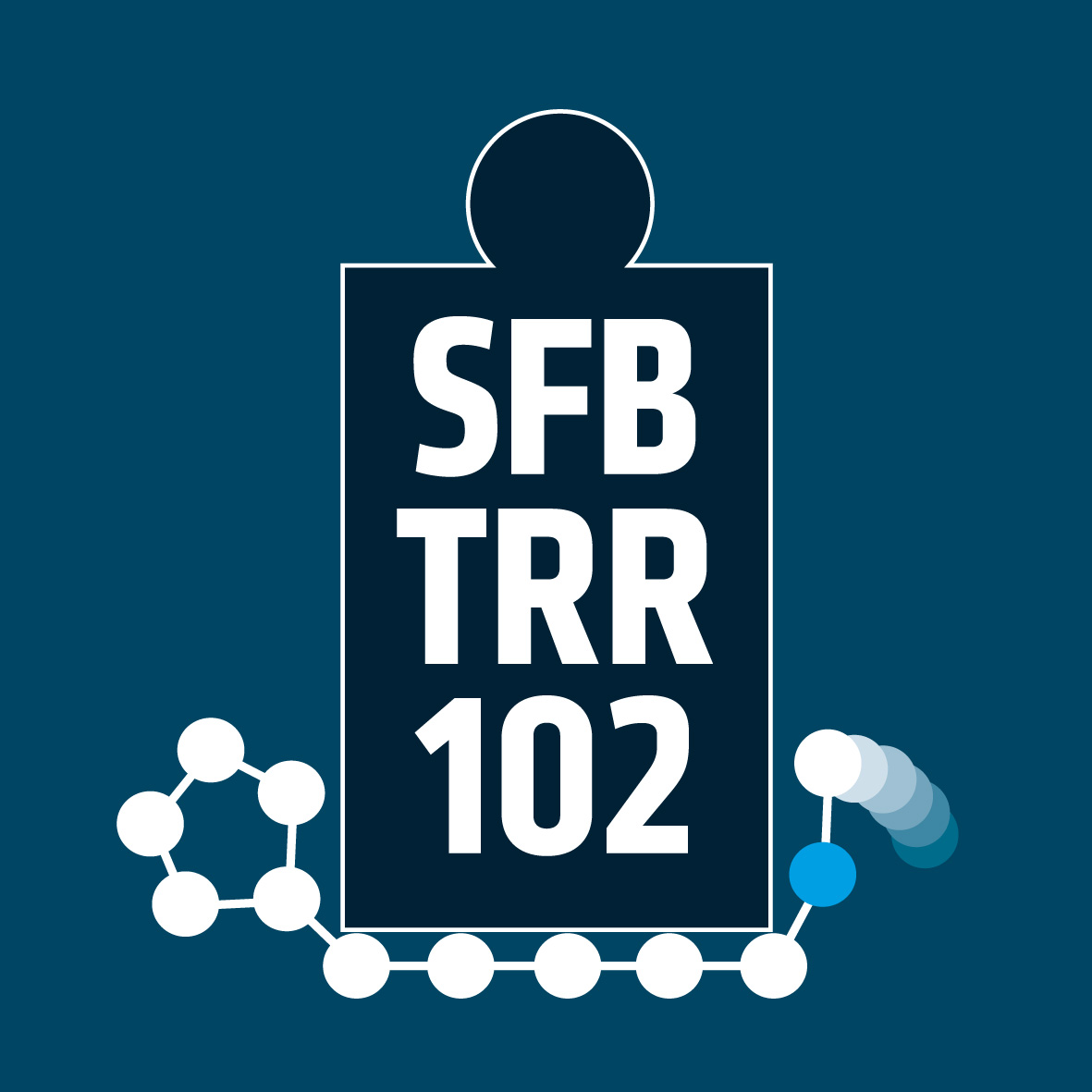Veranstaltungen 2015
01.12.15
17.15 Uhr im Seminarraum 1.27 Von-Danckelmann-Platz 4, 06120 Halle
Dr. Michael Sommer
Uni Freiburg, Institut für Makromolekulare Chemie
“Conjugated and responsive polymers: defect structures, new syntheses and high performance materials”
Abstract:
My group focuses on the development of new materials for use in opto-electronic devices as well as for sensing applications. Suitable candidates of high performance conjugated polymers have been identified as active materials for a variety of thin film devices including photovoltaic cells, field-effect transistors, light emitting diodes, batteries or supercapacitors. A major challenge that has moved into focus is the quest for simpler, greener and environmentally more benign synthesis routes while maintaining high performance, batch-to-batch reproducibility and control over molecular weight. In the first part of my talk, I will explore the scope and limitations of direct C-H activation polycondensation (DAP),...
Details
Sommer_PSM_01122015.pdf
(125 KB) vom 02.11.2015
24.11.15
17.15 Uhr im Seminarraum 1.27 Von-Danckelmann-Platz 4, 06120 Halle
Prof. Birgit Strodel
(Computational Biochemistry Group ICS-6: Structural Biochemistry, Forschungzentrum Jülich)
“Thermodynamics and kinetics of amyloid aggregation from atomistic simulations”
Abstract:
A major cause for cellular toxicity involved in the onset of several neurodegenerative diseases is the aberrant aggregation of proteins into oligomers and eventually fibrils. In the case of Alzheimer's disease, the main aggregating protein is the amyloid β-protein with two main alloforms of 40 (Aβ40) and 42 (Aβ42) amino acids. Numerous experimental studies have shown that...
Details
Strodel_PSM_24112015.pdf
(161,1 KB) vom 10.11.2015
17.11.15
17.15 Uhr im Seminarraum 1.27 Von-Danckelmann-Platz 4, 06120 Halle
Prof. Felix Schacher
Friedrich-Schiller-Universität Jena, Jena Center of Soft Matter
“Opportunities for Block Copolymers in Interface Design: Membranes and Hybrid Materials”
Abstract:
Block copolymers represent a unique class of building blocks for the generation of nanostructured materials in different environments – mainly driven by the inherent immiscibility of unlike segments. Our focus is put on materials which contain at least one segment which can be selectively addressed, either chemically (crosslinking, modification) or physically and how such materials can be used to "design" polymer-polymer interfaces in membrane materials or polymer-metal interfaces. In the latter case, especially core-shell hybrid materials are of interest, e.g. metal or metal oxide nanoparticles where suitable block copolymer ligands allow to control surface charge, charge density, or nature and amount of functional groups being present.
Details
Schacher_PSM_17112015.pdf
(181,7 KB) vom 24.08.2015
03.11.15
17.15 Uhr im Seminarraum 1.27 Von-Danckelmann-Platz 4, 06120 Halle
Dr. Arnold Boersma
University of Groningen, Netherlands
"Quantification and consequences of macromolecular crowding”
Abstract:
Cells are highly crowded with proteins and polynucleotides, with concentrations ranging from 80 to 400 mg/mL. Knowledge of crowding is critical to understand cell physiology and to assess its relevance for medical science and biotechnology: Any reaction that depends on the available volume can be affected by crowding, which includes diffusion, conformation, association, folding, phase separation, and aggregation of the biopolymers....
Details
Boersma_PSM_03112015.pdf
(119,3 KB) vom 27.10.2015
27.10.15
17.15 Uhr im Seminarraum 1.27 Von-Danckelmann-Platz 4, 06120 Halle
Dr. Ilja Gunkel
Soft Matter Physics Group, Adolphe Merkle Institute, Fribourg Switzerland
“In situ grazing-incidence small-angle X-ray scattering studies of block copolymer films during solvent vapor annealing”
Abstract:
The self-assembly of block copolymers is a powerful approach toward the fabrication of templates and scaffolds for nanostructured morphologies. Block copolymers in thin films are useful, for example, for the generation of masks for lithography applications....
Details
Gunkel_PSM_27102015.pdf
(90,6 KB) vom 16.10.2015
20.10.15
17.15 Uhr im Seminarraum 1.27 Von-Danckelmann-Platz 4, 06120 Halle
Prof. Dr. Jörg Tiller
TU Dortmund, Lehrstuhl für Biomaterialien und Polymerwissenschaften
“Shape Memory Natural Rubber (SMNR) - A Smart Material”
Abstract:
Lowly cross-linked natural rubber forms crystals upon strain that are stable at room temperature and thus stabilize the stretched state until heat in the region of body temperature is applied. Thus, SMNR is so far the only cold programmable shape memory polymer. Since the crystals and the amorphous state can be altered in the stretched form, programmed SMNR is additionally reacting to environmental signals such as various chemical vapors, sensing and memorizing them, and reacting to those.
Details
Tiller_PSM_20102015.pdf
(89,9 KB) vom 24.08.2015
02.06.15
17.15 Uhr im Seminarraum 1.27 Von-Danckelmann-Platz 4, 06120 Halle
Prof. Ulrich H. E. Hansmann
Department of Chemistry and Biochemistry, University of Oklahoma, USA
“Simulation of Folding and Aggregation of Proteins”
Abstract:
A detailed knowledge of the processes by that proteins fold, self-assemble or aggregate is crucial for an understanding of disease pathways and the working of drugs at the level of cells. As these fundamental processes are difficult to trace in experiments, there is a need for reliable computational tools that complement experiments in studying folding and aggregation of proteins.
In this talk, I will describe some of the methods and techniques…
Details
Hansmann_PSM_02062015.pdf
(208,9 KB) vom 01.06.2015
Sondertermin 06.02.15
9.15 Uhr im Seminarraum 1.27 Von-Seckendorff-Platz 1, 06120 Halle
Dr. Dr. Clemens Liedel
Cornell University, Department of Materials Science and Engineering, Ithaca, USA
"Influences on the Structure Formation in Elec-tro-Responsive and Redox-Active Polymers"
Abstract:
While block copolymers can self-assemble into ordered structures with dimensions of up to a few micrometers, grains with different orientation prevent macroscopic ordering. Larger patterns are only accessible using external directing forces, for example patterned surfaces or electric fields. Additives like solvents or nanoparticles further influence the kinetics of structure formation and the kind and order of the formed morphologies….
Details
Liedel_PSM_06022015.pdf
(210,5 KB) vom 29.01.2015




